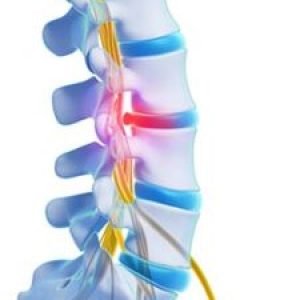
What is lumbar Spondylosis?
Lumbar spondylosis, also known as spinal osteoarthritis, is a degenerative condition affecting the lumbar spine, the lower region of the backbone. It typically arises due to the wear and tear of the spinal discs and vertebrae over time. As people age, the discs lose water content, becoming less flexible and more prone to damage. This degeneration can lead to the formation of bone spurs, called osteophytes, which can encroach upon the space of nerves exiting the spinal column, causing pain and discomfort. Common symptoms include lower back pain, stiffness, and reduced flexibility. In severe cases, lumbar spondylosis can result in nerve compression, leading to radiating pain, weakness, and numbness in the legs.
What is treatment for lumbar spondylosis?
In some cases, the discomfort from spinal degeneration can be managed using conservative treatments such as therapeutic exercises, massage, physical therapy, over-the-counter or prescription pain medications, hot/cold therapy or epidural steroid. injections.
Is lumbar spondylitis serious?
Lumbar spondylitis can lead to a limited range of motion in your back. It can also cause problems with other joints, such as your ribs, shoulders, or hips. Symptoms typically develop in early adulthood, but they can also develop in teens or children.
Typically, non-operative measures are effective in treating the symptoms associated with spondylosis. Non-operative measures include pain medications and physical therapy. However, if spondylosis has resulted in compression of the spinal cord or spinal nerve roots, surgery may be necessary to relieve the pressure.
Skip The Waiting Room!
Register Online Before You Arrive.
We have up to date schedules, contact information, & let you book appointments online.


